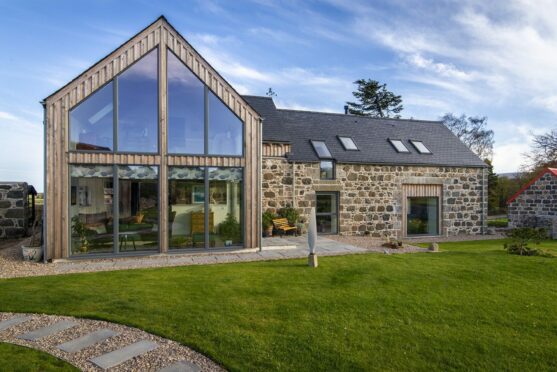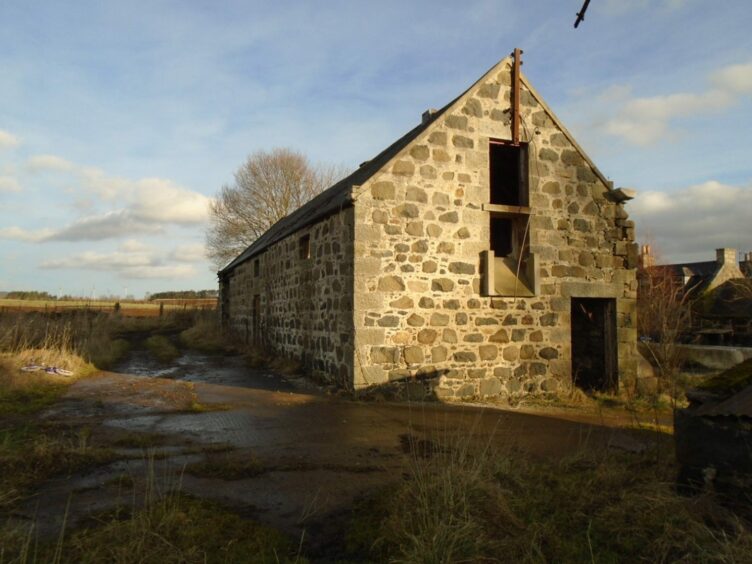This month, Aberdeenshire Council’s long awaited local development plan for 2023 has been adopted.
It fulfils the requirement for the council to publish an updated plan for the area every five years to inform and advise developers and communities on the principles that built development should follow and where it should be located.
The plan contains some encouraging news relating to brownfield and vernacular buildings which could allow those in the farming community to develop old steadings and farm buildings through conversion into housing.
Under the terms of the previous plan, there were restrictions on the number of units within buildings. That meant that farmers and landowners with larger steadings and brownfield sites would only receive approval for three homes, which in many locations was an unviable consideration.
The good news is that under the new plan, changes to the policy (R2.9) within the shaping development in the countryside section, now allows for up to seven units, possibly even more depending on the individual merits of the site.
It’s a change that means that development of many sites which were previously unviable may now be a much more realistic proposition.
The other policy changes that local farmers and landowners might want to pay attention to are the organic growth of settlements (R2.11) and the extensions to clusters and housing groups (R2.16).
Relating to organic growth, the new plan indicates that small-scale growth of identified settlement may be permitted where a particular need for development has been established by the Planning Authority, with careful consideration of layout, siting and design being key in determining whether the proposed growth is acceptable.
In all cases, policies that address possible constraints on or impacts arising from development, will take precedence over organic growth unless it can be proven that these can overcome and/or mitigated against.
With regard to clusters, within each policy period of five years there are allocations for increasing rural clusters and some identified settlements with new build plots. There is a limited growth allowed to these clusters and once the allowance is used through approvals, then other landowners cannot obtain planning permission – so it’s worth looking into this early in the new year if you have potential sites to realise the value of the land.
From an architect’s point of view, I’m particularly delighted that the new plan highlights that “the quality of the design will be paramount” in rural brownfield development, along with a commitment to ensure there are no adverse social or environmental impacts.
Unfortunately, the plan yet again has failed to address the situation we see time and again that historical vernacular buildings are knocked down and replaced, in many cases, with mediocre kit homes that are inappropriate to the rural settings.
Over the past 15 years in Aberdeenshire, I have seen so many beautiful steadings that have been bulldozed unnecessarily when they could have been the basis of charming and carefully considered designs that respected the history and character of the area.
It’s a fine balance to combine the old with all the requirements of a modern, sustainable, energy efficient new home when done properly and with consideration for the surrounding environment.
The results can be stunning with the creation of homes which blend sympathetically into their landscapes and preserve our heritage.
Over the years, we have delivered some fantastic examples of contemporary homes which meet this criteria – homes which are in essence new build but still retain the old stone walls and other features.
Aberdeenshire is rich in history and we should respect and celebrate this whenever we can.
Within the next couple of years, work will begin on developing the next five-year plan and there will be another chance to revisit this.
I sincerely hope that the planners and councillors engaged in its preparation and approval, will takes the right steps to address the issue before it is too late and that our beautiful building stock is protected under future policies.
Annie Kenyon, principal architect, Annie Kenyon Architects.


